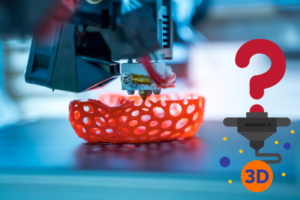
The digital camera landscape has evolved significantly, with DSLR (Digital Single-Lens Reflex) and mirrorless cameras leading the pack. Each offers unique advantages and caters to different photography styles. This article will guide you through the key features of both DSLR and mirrorless cameras, helping you make an informed choice based on your specific needs.
1. Size and Weight:
- DSLR: Traditional DSLRs tend to be bulkier and heavier due to their internal mirror mechanism and pentaprism, which could be a factor for those seeking portability.
- Mirrorless: Mirrorless cameras, devoid of an internal mirror and optical viewfinder, are more compact and lightweight, making them ideal for photographers on the go.
2. Autofocus Performance:
- DSLR: DSLRs typically use phase-detection autofocus, excellent for tracking moving subjects. However, performance can vary in live view and video mode.
- Mirrorless: Mirrorless cameras employ contrast-detection or hybrid autofocus systems. Recent technological advancements have enhanced their autofocus speed and accuracy, making them a strong contender against DSLRs, particularly in continuous autofocus modes.
3. Viewfinder:
- DSLR: DSLRs feature optical viewfinders, providing a real-time optical preview of the scene. Many photographers favor this feature as it offers a direct optical connection to the subject.
- Mirrorless: Mirrorless cameras usually come with electronic viewfinders (EVFs) or rely on the rear LCD screen for composition. EVFs provide a digital preview and allow real-time adjustments of exposure and white balance.
4. Battery Life:
- DSLR: DSLRs often boast longer battery life, as the optical viewfinder doesn’t consume power during shot composition.
- Mirrorless: The electronic components in mirrorless cameras, including the LCD screen and EVF, can drain the battery faster. However, battery technology advancements are enhancing the battery life of mirrorless cameras.
5. Lens Compatibility:
- DSLR: With a longer presence in the market, DSLRs offer a broader selection of native lenses and numerous third-party options.
- Mirrorless: Although mirrorless systems initially had a limited lens lineup, manufacturers have rapidly expanded their offerings. Adapters are also available to use DSLR lenses on mirrorless bodies, offering increased flexibility.
6. In-Body Image Stabilization (IBIS):
- DSLR: Most DSLRs do not feature standard in-body image stabilization. Instead, stabilization is typically built into the lens.
- Mirrorless: Many mirrorless cameras include IBIS, compensating for camera shake and enabling sharper images, especially in low-light conditions.
The choice between a DSLR and a mirrorless camera hinges on your preferences, shooting style, and specific needs. Both systems deliver exceptional image quality and functionality. As technology progresses, the gap between DSLR and mirrorless capabilities continues to close, presenting an exciting opportunity for photographers to explore and choose the camera that best fits their creative vision.

















Leave a Reply